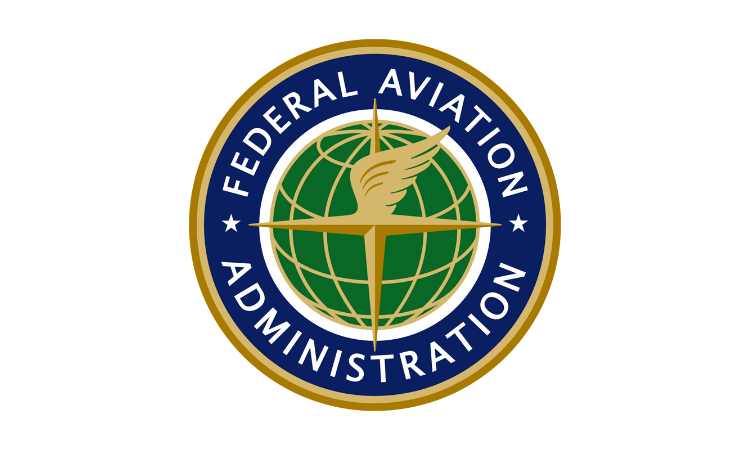The US Federal Aviation Administration (FAA) budget request for fiscal year 2022 includes over USD100 million in funding for the Unmanned Aircraft Systems (UAS) sector, according to a report in Aviation Today.
The overall budget request is for USD18.5 billion, a 2.7% increase on fiscal year 2021, covering airports and air traffic control operations, research and development.
The budget request identifies several areas requiring funding including rulemaking efforts such as Remote Identification, security requirements, addressing stakeholder concerns and efficient management of airspace access requests.
According to Aviation Today, the request includes USD23.1 million additional staff funds to help to manage the implementation of rules, legislation, and policy like Remote ID and UAS traffic Management, improve outreach and support to UAS stakeholders, and expand partnerships with state, local, and tribal governments.
The FAA is also requesting USD31.3 million for UAS implementation which includes USD2.9 million for an FAA Drone Zone. The FAA Drone Zone is a cloud-based information technology platform that includes a UAS registration system, Part 107 authorizations and optional waivers, and UAS accident reporting.
As part of the FAA’s NextGen budget request, the agency wants USD24 million for UAS concept validation and requirements development, UAS flight information management, and urban air mobility.
“These projects will allow integration of UAS operations into the national airspace system without impact to manned aircraft operations or creating disruptions or delays,” the request states. “The program will identify industry’s innovation work that can be leveraged in public-private partnerships. These projects support expanded operational opportunities while ensuring that national airspace operations will continue to remain as safe as they are today.”
These projects will tackle issues like beyond visual line of sight (BVLOS) flights, airborne collision avoidance systems, developing a concept of operations for integrated UAS traffic management and air traffic management operations, and creating a flight information management system prototype for UAS traffic management operations.
In FY 2022, USD4 million in funding is also requested for urban air mobility operations like airspace designs, rules, and procedures.
The FAA also wants over USD22 million for a UAS research program to study UAS in the national airspace and develop regulatory standards. This research would develop and validate detect and avoid systems, command and control link performance, and pilot and visual observer training and qualifications, says Aviation Today.
“This research program focuses on the technical and regulatory challenges the FAA must overcome to safely integrate these new concepts and technologies into the NAS. Integrating UAS potentially affects the entire NAS due to various sizes of UAS, a wide range of maximum takeoff weights, large performance disparities compared to existing certificated aircraft, and varying capabilities to operate in all classes of airspace,” says the budget document.
The FAA predicts an uptick in commercial space transport activities in FY 2022 and requests over USD32 million to support this mission.
For more information visit:




